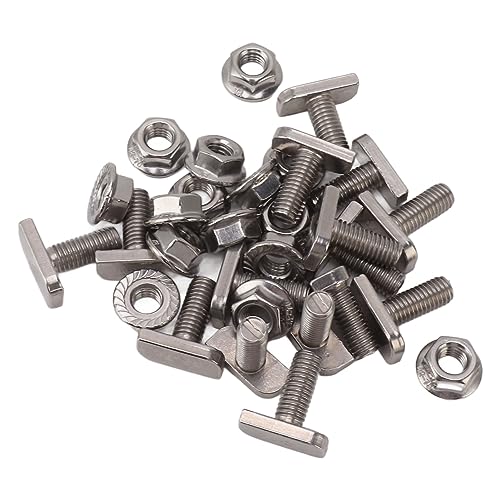Hi. I'm in the process of getting my qualifications and am taking on some small jobs for family to try and get some experience in.
Today I was looking at a socket on a final ring circuit. The house was built in the 80s and the socket is almost certainly original to then.
There were 3 cables running through the wall connected to the socket - with all 3 conductors twisted together (ie all 3 lines twisted together and connected to the socket as one).
I presumed 2 would be part of the ring, and wanting to know where the other was spurring to I untwisted everything and with a bit of tugging worked out that one was connected to a socket in an adjacent room.
I then attempted to rewire the socket, but rather than retwisting everything I put the conductors back in individually (it was a bit of a faff as it was tight, and the old cables quite inflexible) but I got there in the end.
However when I re-energised the circuit and plugged the appliances back in there was a crack, a small bang, and a weird (perhaps acidy) smell, which I understand to be a short circuit.
Confusingly nothing tripped.
I'm baffled though as my understanding is that a short would be due to the live conductors touching, however I definitely did not incorrectly rewire it - ie lines and neutrals separate.
I'd be so grateful if someone could shed some light please?
Today I was looking at a socket on a final ring circuit. The house was built in the 80s and the socket is almost certainly original to then.
There were 3 cables running through the wall connected to the socket - with all 3 conductors twisted together (ie all 3 lines twisted together and connected to the socket as one).
I presumed 2 would be part of the ring, and wanting to know where the other was spurring to I untwisted everything and with a bit of tugging worked out that one was connected to a socket in an adjacent room.
I then attempted to rewire the socket, but rather than retwisting everything I put the conductors back in individually (it was a bit of a faff as it was tight, and the old cables quite inflexible) but I got there in the end.
However when I re-energised the circuit and plugged the appliances back in there was a crack, a small bang, and a weird (perhaps acidy) smell, which I understand to be a short circuit.
Confusingly nothing tripped.
I'm baffled though as my understanding is that a short would be due to the live conductors touching, however I definitely did not incorrectly rewire it - ie lines and neutrals separate.
I'd be so grateful if someone could shed some light please?
































































